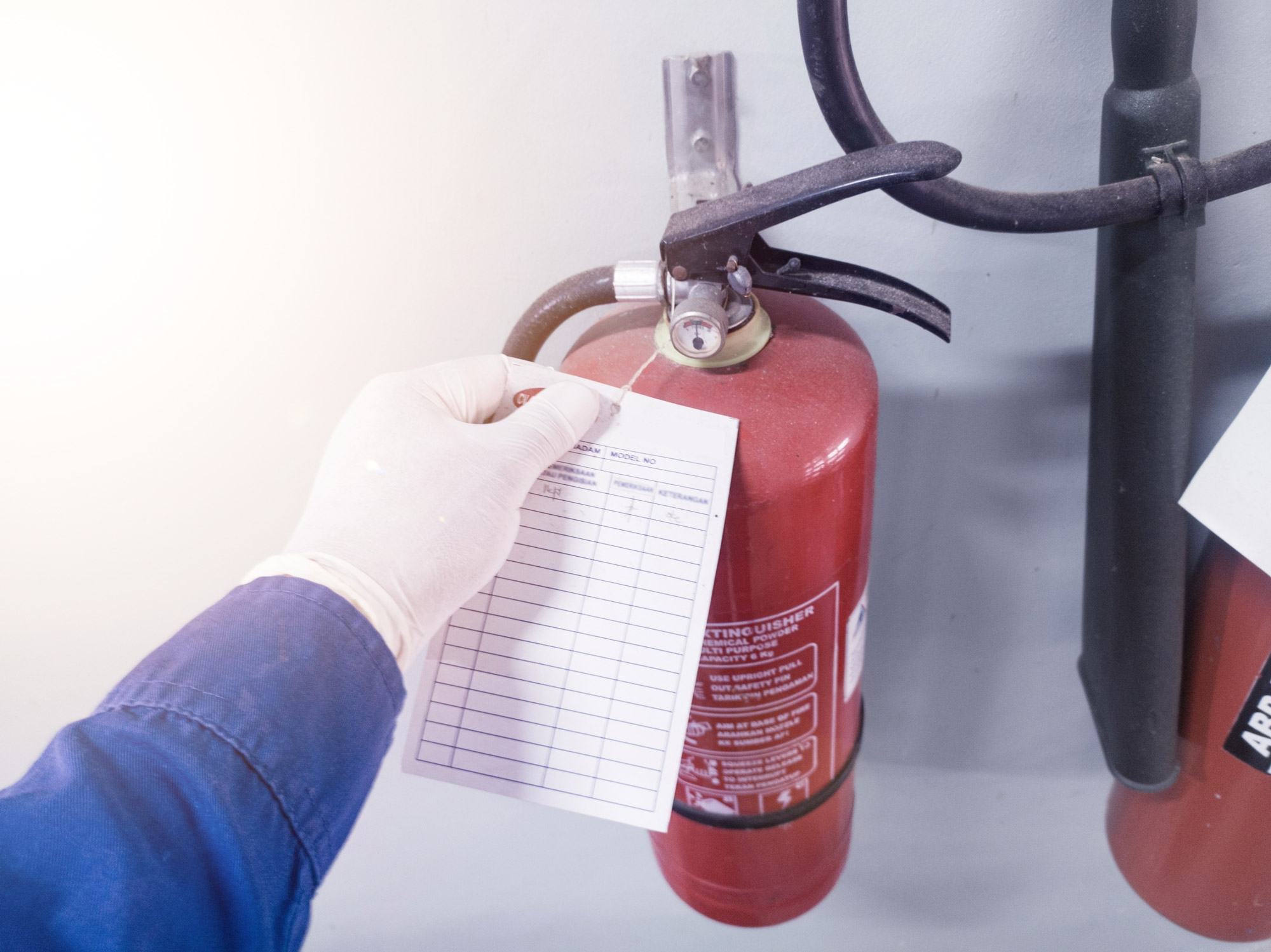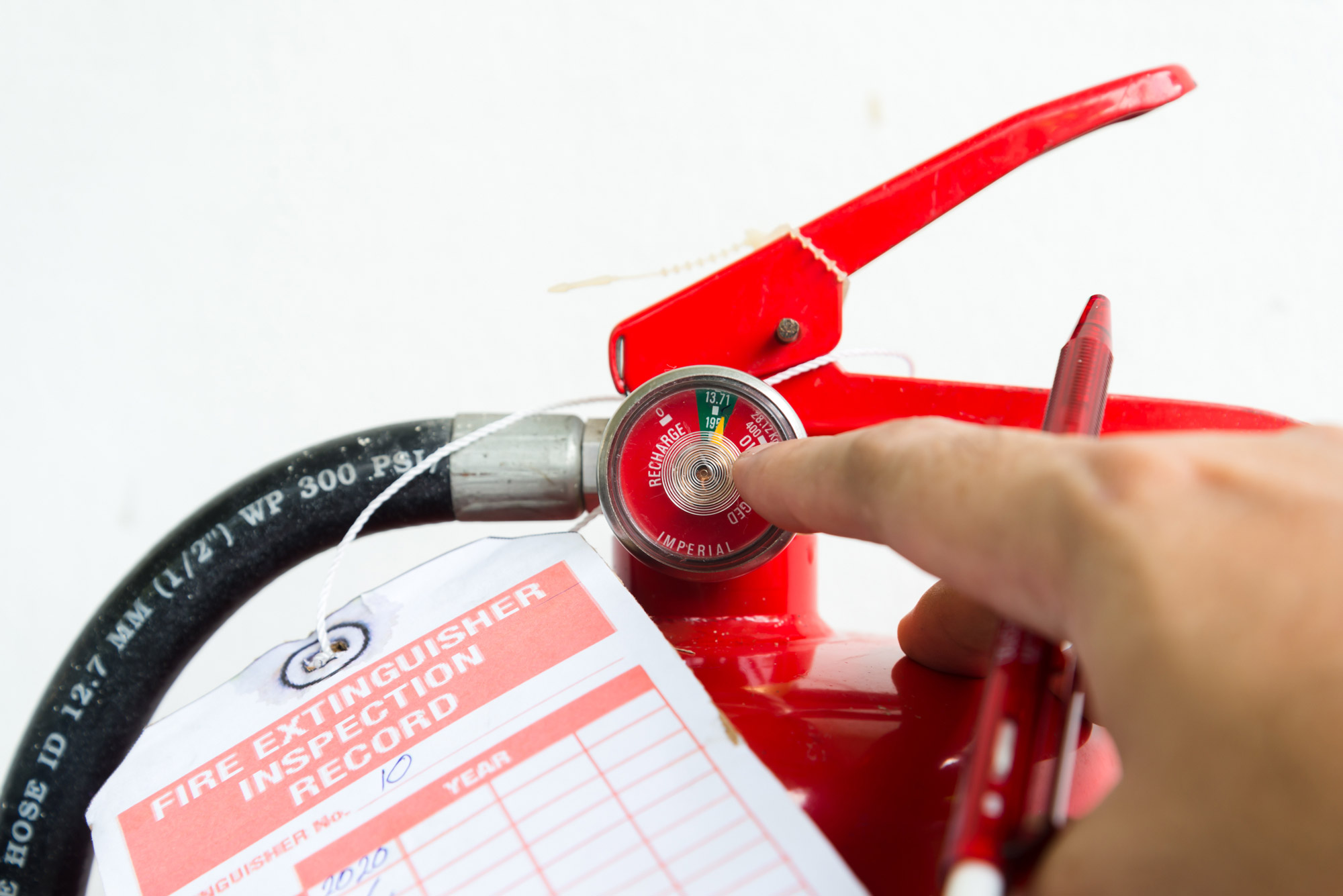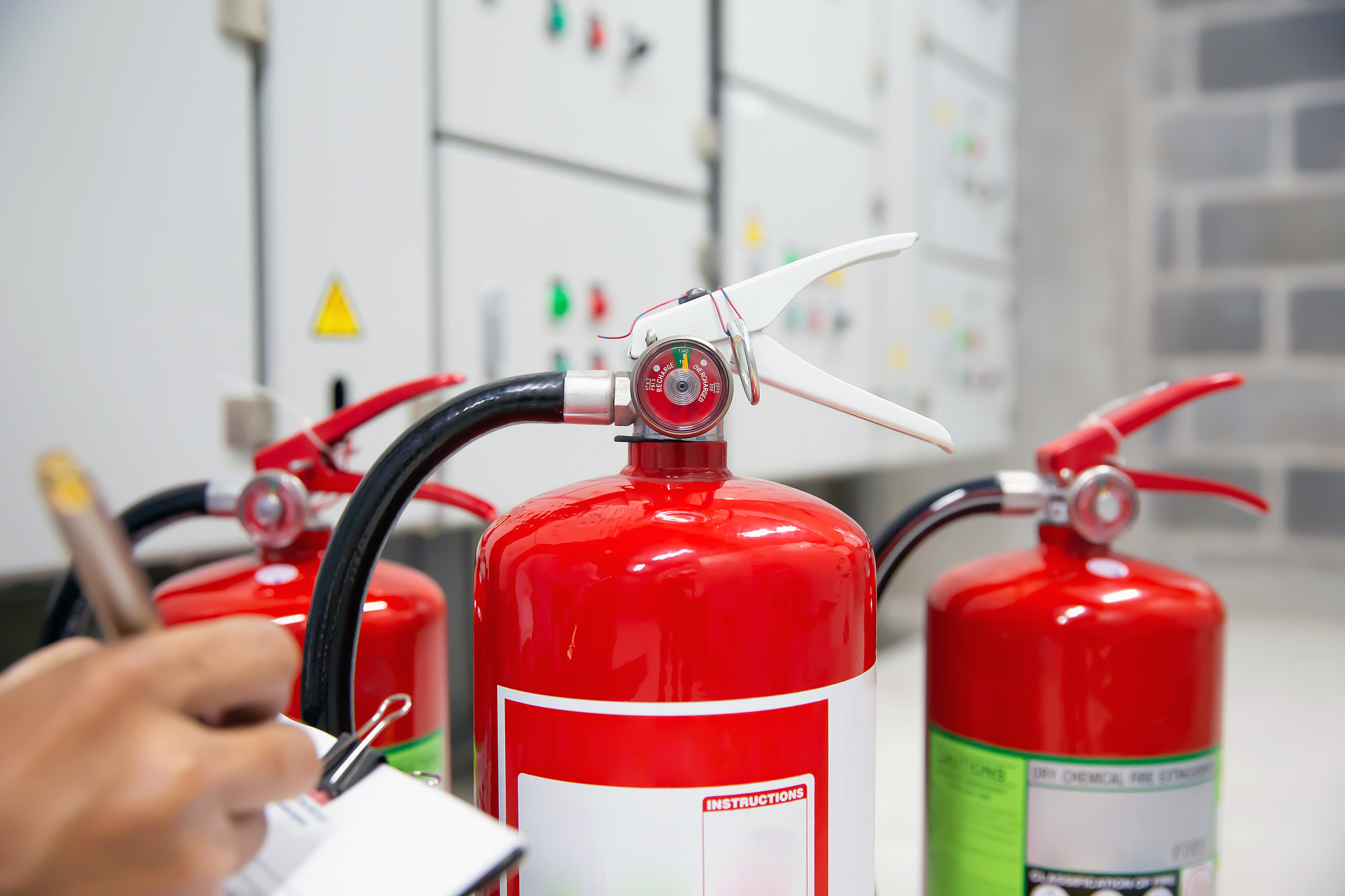Fire Extinguisher Testing Requirements
According to the Australian Standards of Fire Protection Systems and Equipment, fire extinguishers testing happens every six months.
During every fire extinguisher test, signage is placed near every extinguisher location. The height of the fire extinguishers also needs to be accessible for any person to reach. An internal and external examination of the device is done to check for leaks, dents, and corrosion.
Pressure testing is a common practice for fire extinguisher testing that happens every five years. Also known as hydrostatic testing, the inspector evaluates the cylinder’s nozzle, pressure gauge, and ability to hold pressure. This test ensures that the fire extinguisher can withstand its pressure rating and has no drop in pressure.
Another key aspect of fire extinguisher testing is to test for the refilling and recharging mechanisms. Any cylinder that has been used in an emergency must be immediately recharged with the correct firefighting agent.
The inspector expels the stored content within the fire extinguisher and looks for any problems with the pin, nozzle, and pressure gauge. When the canister is being recharged, the inspector examines the gauge and makes sure that it works properly.
Once the visual inspection and operation testing finishes, the service technicians send a full report about the extinguisher’s quality. Clients can expect to receive feedback on the inspection results and learn how to move forward in promoting better safety measures.




